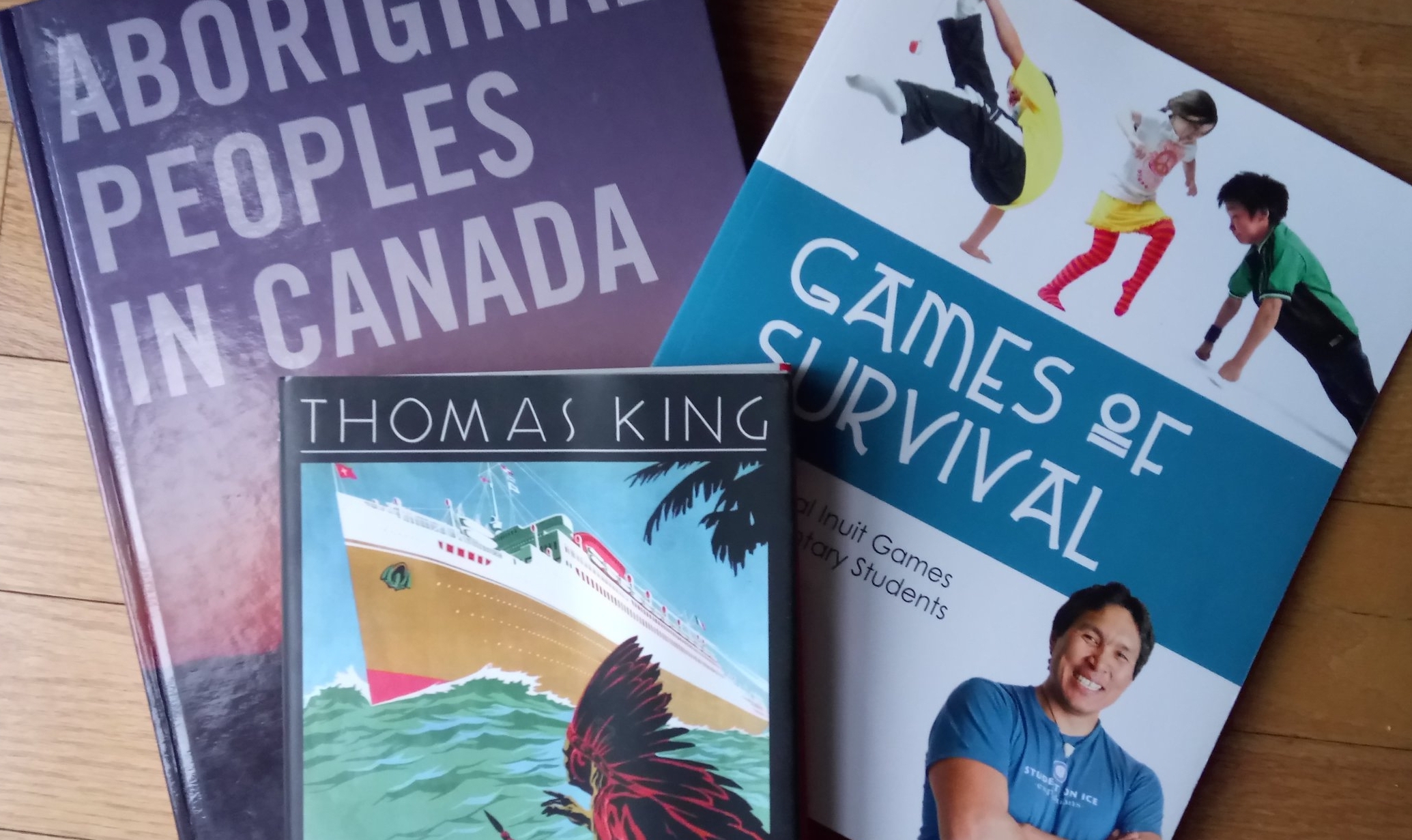This summer Pope Francis made a controversial trip to Canada to make an apology for Residential School on “Canadian soil”. This was to fulfill the Truth and Reconciliation Commission’s Call to Action # 58
We call upon the Pope to issue an apology to Survivors, their families, and communities for the Roman Catholic Church’s role in the spiritual, cultural, emotional, physical, and sexual abuse of First Nations, Inuit, and Métis children in Catholic-run residential schools. We call for that apology to be similar to the 2010 apology issued to Irish victims of abuse and to occur within one year of the issuing of this Report and to be delivered by the Pope in Canada.
One of the topics that many Indigenous activists and journalists drew attention to during the trip was the Doctrine of Discovery.
There are four Calls to Action that mention the Doctrine, specifically calling for governments and religious denominations to repudiate it - numbers 45, 46, 47 and 49.
Ontario Grade 5 educators - Note that in the Grade 5 Social Studies curriculum expectation A3.3 names the Doctrine of Discovery directly.
Beyond that, I gathered some info/primary documents that you might want to teach from which were shared online around the Pope’s visit to Canada this summer.
Click here to read the text of the message that MP Sol Mamakwa had delivered on a birch bark scroll to the Pope.
Here is a twitter thread by @Kris_Statnyk which includes primary documents from the Supreme Court when, in 2014, the Court declined to “confirm that the Crown may no longer rely upon the doctrine of discovery in order to deny aboriginal title” Read the thread here.
Click here to read the letter sent from the National Chief of the Assembly of First Nations to Archbishop Smith on the upcoming visit. It does not mention the Doctrine of Discovery, however, it does serve as a primary document that can tell us about the official tone around the trip.
There are many videos about the Doctrine of Discovery online. This one featuring Faithkeeper and Chief Oren Lyons and Tadodaho Sidney Hill, Spiritual Leader of the Iroquois Confederacy was brought to my attention on Twitter by Nick Bertrand. It is just under six minutes long and provides important perspectives on the Doctrine.
